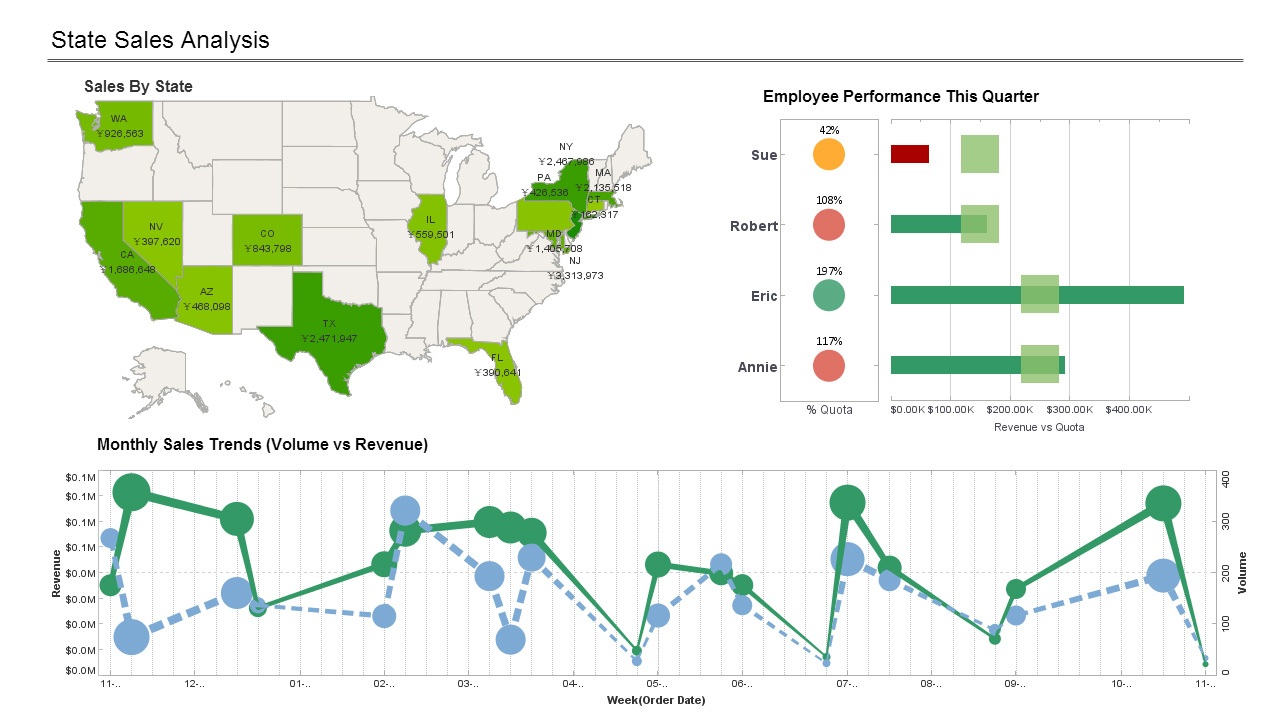Best BI Tools for CRM
Continuation of "Remaking Business Intelligence"
Freeing the CRM Data
The biggest need and driver for BI is to unlock the power of the data aggregated in CRM systems, just as basic oxygen furnaces tap the strength of steel hidden unprocessed inside iron by applying the right elements and processes.
Brad Peters, CEO of Birst, is seeing huge demand for analysis of CRM data. Companies have made tremendous investments in their CRM systems over the past decade, and now want to see how they can make the most of that information. The reporting available within the CRM solutions is often rudimentary and can hamper the CRM solution itself, though, so companies are turning to BI for better, faster, and more effective analysis.
"At its core, BI allows customer-facing organizations to treat their customers strategically," says Peters. "This means arming customer-facing employees with the power to make better decisions at the time of customer interaction. By driving better customer interactions (as opposed to just more efficient ones which is really the goal of CRM), customer experience and customer value can be dramatically impacted."
Mark Flaherty, Vice President, Marketing, InetSoft, says there is a huge amount of insight about customer behavior and potential churn or customer loss to be derived from all the data stored in a CRM system that goes otherwise untapped without decent BI tools. Businesses know this; in the past, they've looked to copy the data into data warehouses and use heavy duty statistical analysis software to develop retention and scoring models. But now, while that is still important, businesses are looking to make the operational data in CRM systems more accessible and to link those retention scores back to the customer accounts.
"The biggest problem with retention management is that by the time an at-risk customer is recognized using traditional methods, the customer has already left, and getting him or her back is either impossible or exorbitantly expensive," explains Flaherty. "With a BI tool that offer good visualization, now macro retention trends can be spotted more easily and quickly and even at-risk customers can pop out at a glance. Front-line business managers are able to react sooner instead of waiting for statistical analysts to spit out reports for them."
There is still a challenge in using BI tools with CRM systems that are closed, storing the data in proprietary databases. This makes accessing the information difficult.
"I think CRM users are getting fed up with that, and [as a result] more vendors are opening access to the data," says Flaherty.
Forrester's Evelson thinks the BI scope should be broadened to include data gathering and management including data cleansing See address cleansing and data hygiene. , integration, aggregation and warehousing to enable the information to become meaningful actionable and integrated. BI has too long been defined, he says, to only encompass analytics, dashboards and reporting. Some 80 percent of the effort in building CRM is data organizing, reconciling from different sources, and sorted in different formats, addresses, and identifiers.
"If I am a business, I need to know if I am selling into the right or wrong customer segment, how customers are responding, and customer satisfaction," says Evelson. "Unless there is a very strong analytics program on back end with sufficient and clean data in BI, I cannot see what's effective, and what's not effective."
| Previous: Remaking Business Intelligence - CRM Systems |
Next: BI and
Social Media
|


